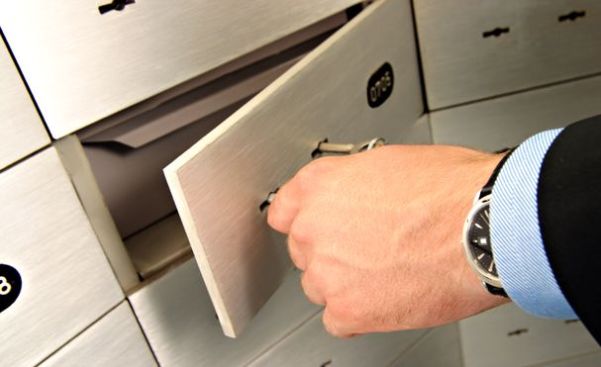
Banks to renew locker agreements by Jan 1; here’s all you need to know

Did you know that the Reserve Bank of India (RBI) has asked all banks to renew their agreements with their locker customers before January 1, 2023? If you are an existing locker customer, you must furnish fresh proof of eligibility for a locker agreement with the bank and sign the agreement paper again. Here is an explainer on what you need to do and the new rules banks will have to follow.
What is this agreement you need to sign?
According to RBI rules, banks are free to use the model locker agreement drafted by the Indian Banks’ Association (IBA). It should comply with the updated RBI instructions and the Supreme Court’s directives.
As part of that, the bank and the customer enter into an agreement on a stamp paper. It details the terms and conditions of using the locker facility, the customer’s particulars, such as name, address, and contact number, the locker rent, the period of licence, etc.
Also read: Locker insurance can be highly valuable; here’s what you should know
The RBI has told the banks to ensure that no “unfair terms or conditions” are covered in their locker agreements. The revised guidelines add that the terms of the agreement shall not be more “onerous than required in ordinary course of business” to secure the interests of the bank.
What about the security of your valuables?
According to the RBI’s new guidelines, which came into effect on January 1, 2022, it is the banks’ responsibility to ensure the security of the safe deposit vaults.
The RBI has also made it mandatory for banks to install CCTV cameras to monitor their locker rooms. Banks must keep the CCTV data stored for at least 180 days to help with the investigation in the case of any discrepancy.
In another safety measure, the RBI has directed all banks to send SMSs and emails to the customer every time s/he accesses the locker. This alert will help customers know if a fraudster is trying to access their locker.
Also read: RBI decision to limit banks’ liability for safety lockers makes no sense
What if your valuable are lost or damaged?
If any loss of locker content results from the bank’s negligence, it will be liable to pay the customer, the new RBI guidelines say. Customers are eligible to get up to 100 times the bank charges if their valuables are stolen or destroyed in a fire or building collapse.
However, banks will not be liable for any damage or loss originating from natural calamities or what are called “acts of God.” These would include earthquakes, floods, lightning, and thunderstorms.
In the case of any loss resulting from the customer’s sole fault or negligence, too, the bank won’t be liable to pay damages.
Also read: RBI announces new bank locker rules. Read on to find out what has changed
What about rent?
Banks can now ask you to pay a term deposit when it allocates a locker to you. That deposit will be taken as three years’ rent. However, that is only for new customers. Banks cannot ask for such term deposits from existing locker holders or from those who have regularly operative accounts.
Other locker rules banks must follow
The RBI has asked all banks to let customers know about locker availability by putting it up on a display board within the bank. Customers must know about the number of empty lockers, the waiting list if any, and their number on the waiting list.
If any government authority approaches the bank for the attachment, recovery, or seizure of the locker or valuable deposited in it, banks must inform the customer by letter and email or SMS, say the new RBI guidelines.
(With agency inputs)

